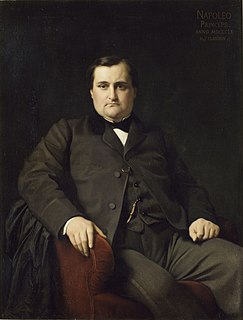
Napoléon Joseph Charles Paul Bonaparte, usually called Napoléon-Jérôme Bonaparte or Jérôme Bonaparte, was the second son of Jerome, King of Westphalia, youngest brother of Napoleon I, and his second wife Catharina of Württemberg. An outspoken liberal, he became the de facto head of the House of Bonaparte from 1879 to his death. He was not considered a legitimate pretender to the throne by many Bonapartists, due to his father's previous marriage without divorce. They instead preferred his son Victor. From the 1880s he was one of the stronger supporters of General Georges Boulanger, together with other monarchist forces.
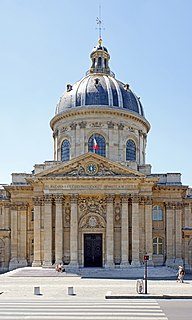
The Académie Française, also known as the French Academy, is the principal French council for matters pertaining to the French language. The Académie was officially established in 1635 by Cardinal Richelieu, the chief minister to King Louis XIII. Suppressed in 1793 during the French Revolution, it was restored as a division of the Institut de France in 1803 by Napoleon Bonaparte. It is the oldest of the five académies of the institute.

The French Academy of Sciences is a learned society, founded in 1666 by Louis XIV at the suggestion of Jean-Baptiste Colbert, to encourage and protect the spirit of French scientific research. It was at the forefront of scientific developments in Europe in the 17th and 18th centuries, and is one of the earliest Academies of Sciences.
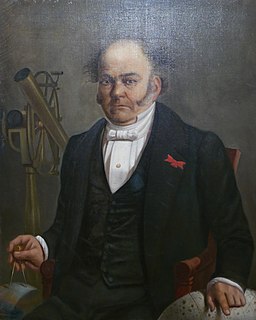
Jean Elias Benjamin Valz was a French astronomer.
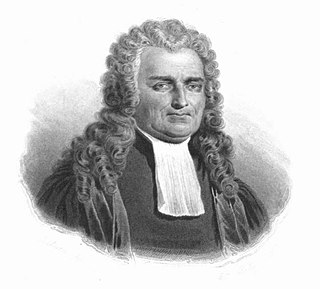
Antoine Jean Baptiste Robert Auget, Baron de Montyon was a French philanthropist, born in Paris.

Antoine-Jean Gros was a French painter of historical subjects. He was given title of Baron Gros in 1824.
The Prix Pierre Guzman was the name given to two prizes, one astronomical and one medical. Both were established by the will of Anne Emilie Clara Goguet, wife of Marc Guzman, and named after her son Pierre Guzman.

Albert Count Vandal was a French historian, born in Paris. He wrote:
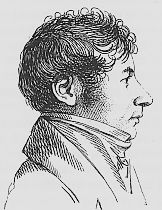
Edme-François Jomard was a French cartographer, engineer, and archaeologist. He edited the Description de L'Égypte and was a member of the Institut d'Egypte established by Napoleon. He supervised the educational and cultural mission sent to France from Egypt by Muhammad Ali of Egypt.
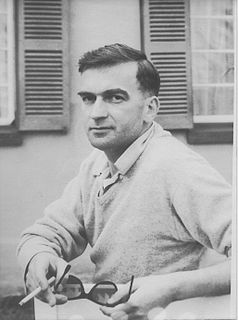
Gilbert Martineau was a French naval officer, author of books on Napoleon and his family, honorary consul, and curator 1956-1987 of the French properties on St Helena, where Napoleon had been in exile.

Henry Laurens is a French historian and author of several histories and studies about the Arab-Muslim world. He is Professor and Chair of History of the Contemporary Arab world at the Collège de France, Paris.
The Poncelet Prize is awarded by the French Academy of Sciences. The prize was established in 1868 by the widow of General Jean-Victor Poncelet for the advancement of the sciences. It was in the amount of 2,000 francs, mostly for the work in applied mathematics. The precise wording of the announcement by the academy varied from year to year and required the work be "in mechanics", or "for work contributing to the progress of pure or applied mathematics", or simply "in applied mathematics", and sometimes included condition that the work must be "done during the ten years preceding the award."

The Lalande Prize was an award for scientific advances in astronomy, given from 1802 until 1970 by the French Academy of Sciences.

Théodose Achille Louis Vicomte du Moncel or Théodore du Moncel was a prominent French physicist and advocate of the use of electricity. He invented many electrical devices and wrote several books. He was also a proficient artist, making high-quality prints of scientific and cultural interest.
The Prix de l'Indochine was a French colonial art prize established, originally as a one-off prize in 1910, and awarded 1914, by Antony Klobukowski, Gouverneur général of Indochina. Charles Fouqueray obtained le prix Indochine 1914. From 1925 the prize was associated with the École des Beaux-Arts de l'Indochine.

Guillaume-Charles Faipoult was a French aristocrat, soldier and politician who was Minister of Finance during the French Revolution. He then represented France in Italy, where he organized the newly formed republics. During the First French Empire he was prefect of the Scheldt department, and then Minister of Finance in Spain under Joseph Bonaparte. Faipoult was prefect of Saône-et-Loire during the Hundred Days.

Claude-Nicolas Le Cat was a French surgeon and science communicator.
François Duhourcau, graduated from the École spéciale militaire de Saint-Cyr in the infantry in 1905, was a 20th-century French novelist, essayist and historian, winner of the Grand prix du roman de l'Académie française in 1925.
Laure Murat is a French historian and writer.














